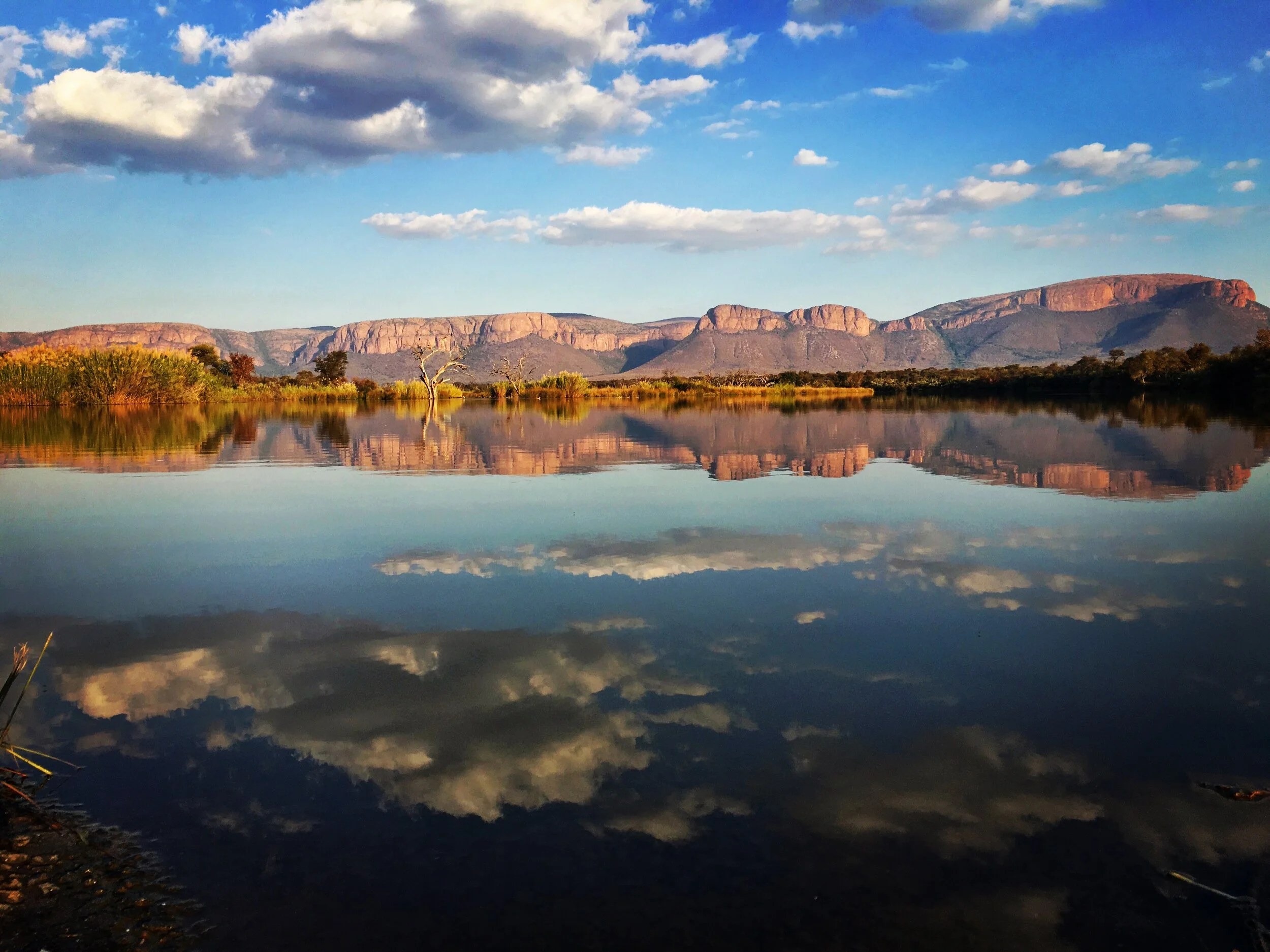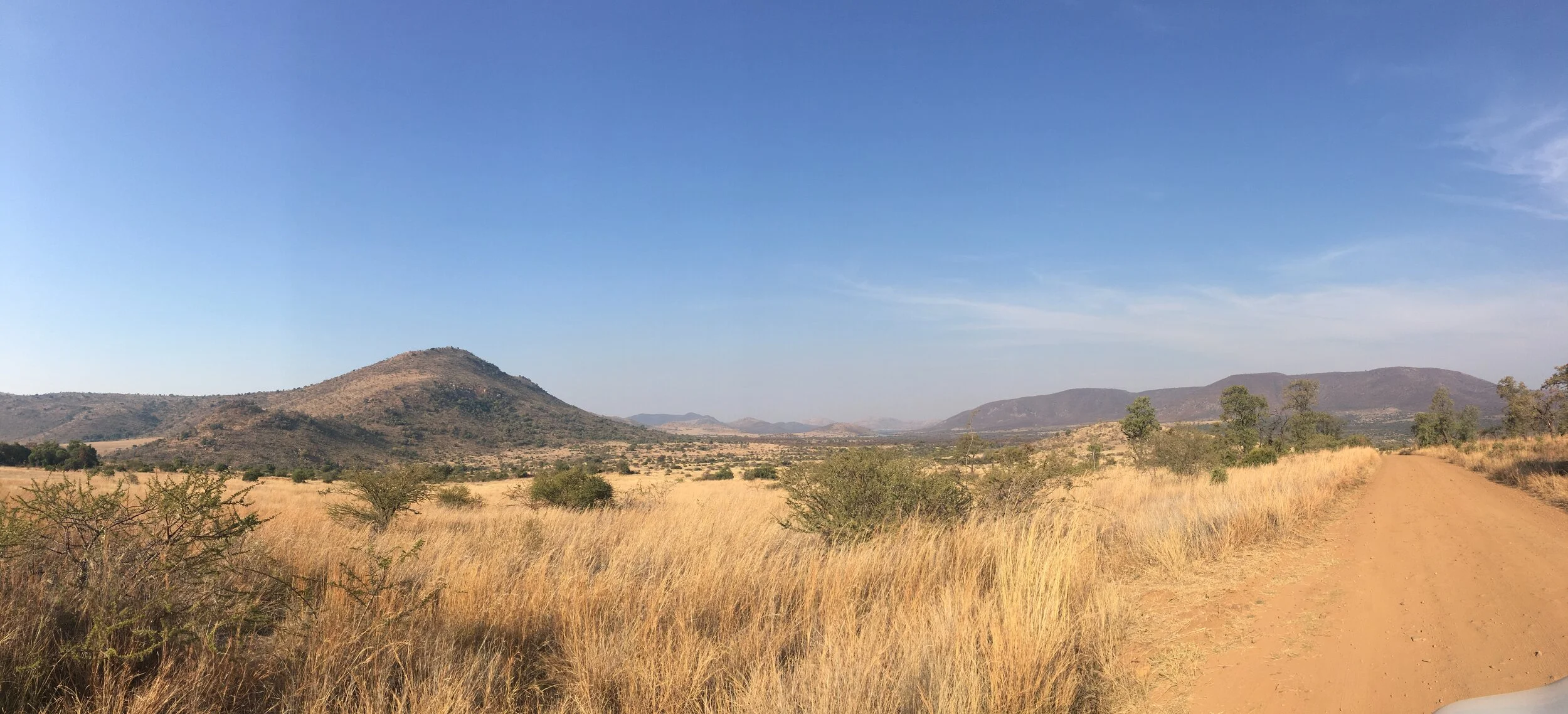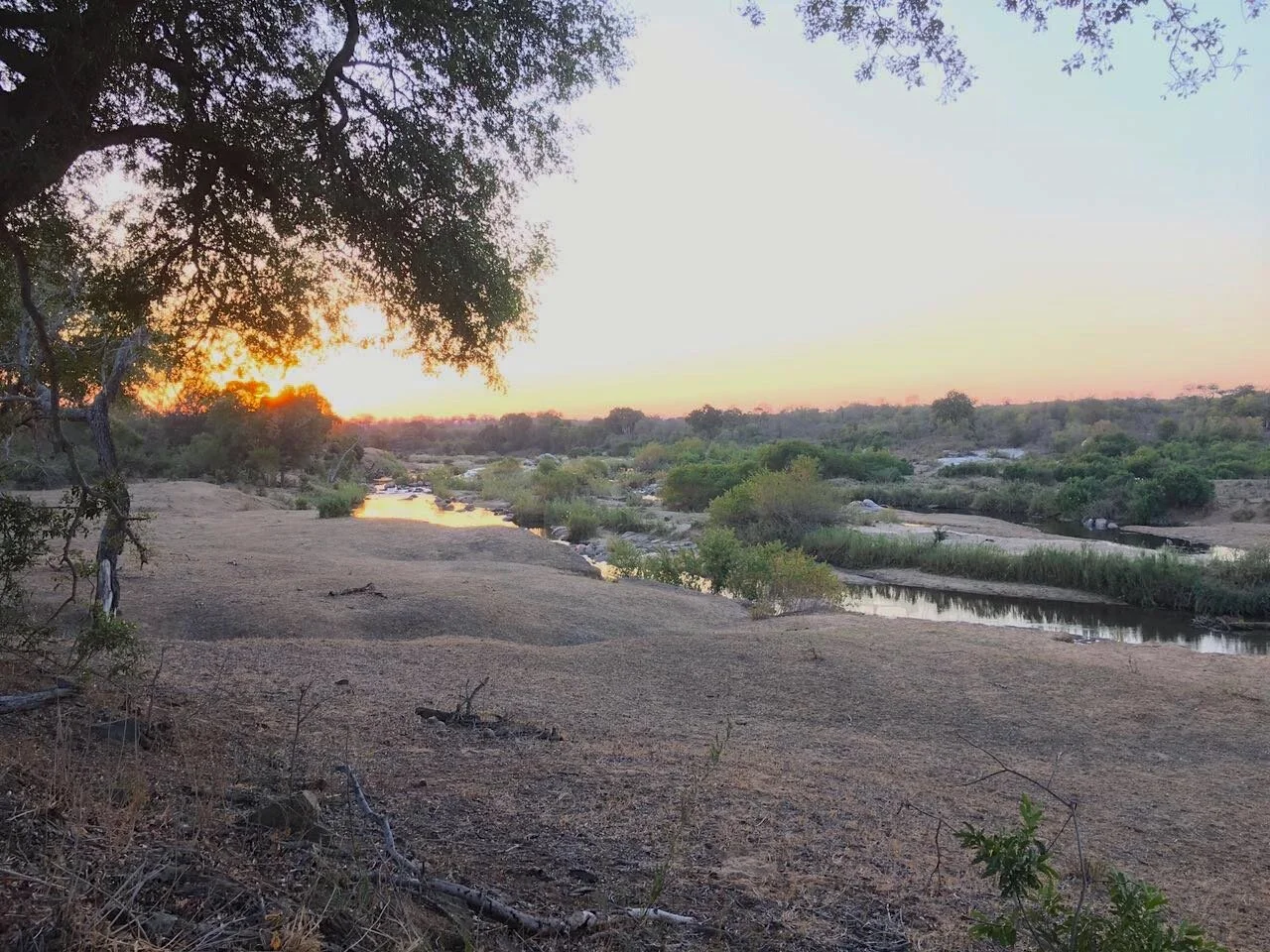PROTECTED AREAS
Marataba - a contractual National Park (part of Marakele National Park).
Photo Cred: Phoebe Mottram
In southern Africa you will find many different kinds of protected area. They vary in size and biodiversity signficantly but they are all contributing to conservation. We used to think that protected areas only had value if they were massive and covered more land area than many small European countries. But that’s not true. Wild land provides us with a whole host of ecosystem services that would essentially bankrupt us to recreate. On top of this, as we have seen in the case of the African wild dog, human innovation can protect biodiversity using land units which would have previously been considered too small.
Protected areas will most likely form part of your trip to southern Africa, but to the unacquainted, all the names can get very confusing. Especially if you’re trying to make the most of what is often a ‘once-in-a-lifetime’ trip. There are so many incredible protected areas to chose from, each with different species abundances, topography and vegetation. There really is something for everyone. So let’s break it down. Right now I’m just focusing on South Africa, but in the coming weeks I will also cover Botswana and Namibia.
National Parks
Lanner Gorge, found in the north of the Kruger National Park.
Image by: Phoebe Mottram
National parks are state owned. This means that in South Africa they are run by South African National Parks (SANParks), a government conservation organisation. They are usually vast areas of land (Kruger National Park is just shy of 20,000 square km which is roughly half the size of Switzerland) and this is where their conservation value lies. National parks can protect a wide range of landscapes, climates, flora and fauna. This means that natural ecological processes can take place within the single unit of protected land and many species can migrate without fences getting in the way.
National parks are well set up for tourists wishing to do a ‘self-drive safari’ - they often have tarred roads and decent maps. This means that you could pick up a car from Johannesburg airport, drive yourself to one of these national parks and drive yourself around it. There is no experience needed. But national parks also offer a wide variety of options for well versed bush people who want to be a little more adventurous. For a seasoned bush person the benefit of national parks is, simply, freedom. Driving yourself around a national park allows you to stop and look at whatever you like. However, due to parks catering for everyone, this comes at a cost. You have to share the park with anyone else who feels like visiting at the same time. This means that you are very likely to experience some sort of over-tourism and crowding at a sighting. Alongside this you will likely come across some ‘cowboy guides’ speeding from Big 5 sighting to Big 5 sighting. There tends to be very little etiquette on sightings in national parks and this can lead to serious and potentially-trip ruining frustration. But, if you love the freedom of doing what you want, enjoy vast open spaces and are looking to do your trip cheaply, then national parks are hard to beat.
National parks charge an entry fee (often a set amount for locals and triple that for foreigners) and offer rest camps and camping facilities with restaurants, gift shops and educational sites. If you like camping and are happy to bring your own food and cook it you won’t spend that much money at all - in fact your main costs will be park fees and fuel.
Contractual national parks
Within national parks you may also find ‘Contractual National Parks’. These are units of land which are jointly managed through SANParks and the landowner. These contractual parks bridge the gap between national parks and private reserves. Often they have the flexibility of developing lodges which means you can have the luxury feel of a private reserve in the diversity of a national park. Examples of contractual parks which you might come across are the Makuleke Concession in northern Kruger National Park and Marataba in Marakele National Park. Read on to find out more….
Provincial parks
Pilanesberg Game Reserve, managed by North West Parks Board.
Photo Cred: Phoebe Mottram
Provincial parks are protected areas which are managed by local governmental organisations such as Cape Nature or Ezemvelo KZN Wildlife. These are often, but not always, smaller than national parks. Sometimes you will find these provincial parks and national parks in pretty close proximity. For example, the Garden Route National Park is run by SANParks, but the Robberg Nature Reserve which is run by Cape Nature is a short drive away. Generally, the diversity of sites under the provincial park banner is much greater than those under the national park banner. Some are small nature reserves, others are vast areas of wilderness. Provincial parks aren’t necessarily packed full of megafauna and may have been protected for another reason, such as geological sites or floral diversity. But some of them have spectacular biodiversity which, in my opinion, can beat any national park - I’m thinking Hluhluwe-Imfolozi Park here. This diversity means it’s really important to do your research to make sure you’re getting what you want. Provincial parks can be included in your trip and may be beneficial to those that might want a couple of days game drive, but may also want to go hiking at the coast. They may be slightly cheaper than national parks to visit and, due to their provincial nature, will be less uniform in set up than national parks, but this doesn’t take away from their beauty.
Private Nature Reserves
Lion Sands Game Reserve, a private concession within Kruger National Park.
Photo Cred: Phoebe Mottram
Private nature reserves (also known as game reserves or, if they allow trophy hunting, game farms) tend to be the most exclusive kind of protected area. As the name suggests they are privately run and managed. This means that the reserve can have one, or many lodges, most of which offer game drives for their guests as part of their stay. It is very uncommon for guests to be able to drive themselves around reserves. As such, reserves tend to be more rugged, often without tarred roads, as the only vehicles using these roads are large 4x4s. Private reserves limit the amount of guests allowed in so there is a certain sense of peace in this. Each lodge on a reserve will employ well trained and experienced guides who have a lot more etiquette on sightings than you will find in national parks and this will give you the opportunity to observe wildlife in relative peace. The only problem with this is, more often than not, you won’t be in a vehicle on your own, you’ll be with other guests so some form of compromise will be needed.
As they are run as for-profit businesses, private reserves often have more money than national parks and can invest it in conservation work, including reintroductions and invasive species removal. Reserves are often heavily involved with academic research and actively show this off to guests or encourage them to get involved. This is all part of the experience and as such reserves can be very expensive. There are so many options though, so make sure to look around so you can be sure you’ll be staying at the best lodge to suit your needs. Sometimes you’ll be paying extra for luxury add ons which you don’t actually want or need.
As a guest, one of the nicest things about a private reserve is that you don’t have to abide by gate opening and closing times. You will be able to get out into the bush before sunrise and long after sunset. You will have morning tea and afternoon sundowners somewhere out in the middle of the bush. This is a really nice touch which can often make your whole trip and leave your morning coffee back home woefully disappointing! Alongside this you will be able to go on walking trails and some reserves even offer lodges specifically for walkers.
Concessions
Sometimes there can be private reserves within national parks, which differ from the contractual parks which we spoke about earlier. These reserves are leased to private companies from the government for a set period of time. For example, Singita has a 133 square km concession with two extremely luxurious lodges within the Kruger National Park. This area of the park is only accessible by those staying at one of these lodges. These options often provide you with the best of both worlds. You get the biodiversity of a national park and the exclusivity and luxury of a private reserve. Self drive tourists visiting the national park will not be allowed onto the roads which the concession uses so it’s very much a private experience in a public domain.
..And all the other protected areas
But the categories don’t just stop there. There’s a whole host of categories which you might come across.
There’s wilderness areas, natural heritage sites, forest reserves, marine protected areas and even World Heritage Sites - the iSimangaliso wetland park is an example of this which includes both national park land and private reserves.
It’s really important to do your research. As a tourist, there are reserves which are marketed very well and as such are extremely popular. In all honesty, you probably won’t be disappointed if you go to one of these places. But there are so many private reserves which may be able to give you the diversity of a national park with a bit more luxury. Or perhaps you’ve only got a couple of nights in Johannesburg and want a bushveld experience, then a provincial park may be a better choice. Or maybe you want to drive yourself and have the freedom to do what you want when you want, then a national park is the perfect choice.
Which one would we choose?
If I had to choose I would go with private nature reserves 99% of the time. Mostly due to the money gained from high paying tourists, I find that game reserves are better run, managed and offer a more intimate experience. If I could be guaranteed that national parks weren’t full of overworked guides speeding around trying to find their demanding guests a male lion then I’d be there all the time. Kruger National Park for example is absolutely spectacular and there’s no taking away from that. But unfortunately, the way tourism has been built in national parks means that it is more about dashing between sightings than appreciating the shear spectacle that is a giant area of protected land. So for now, whenever I get the money, I will be heading to game reserves…but don’t let that stop you from finding the smaller national parks and provincial parks around the country which may provide you with incredible experiences.



